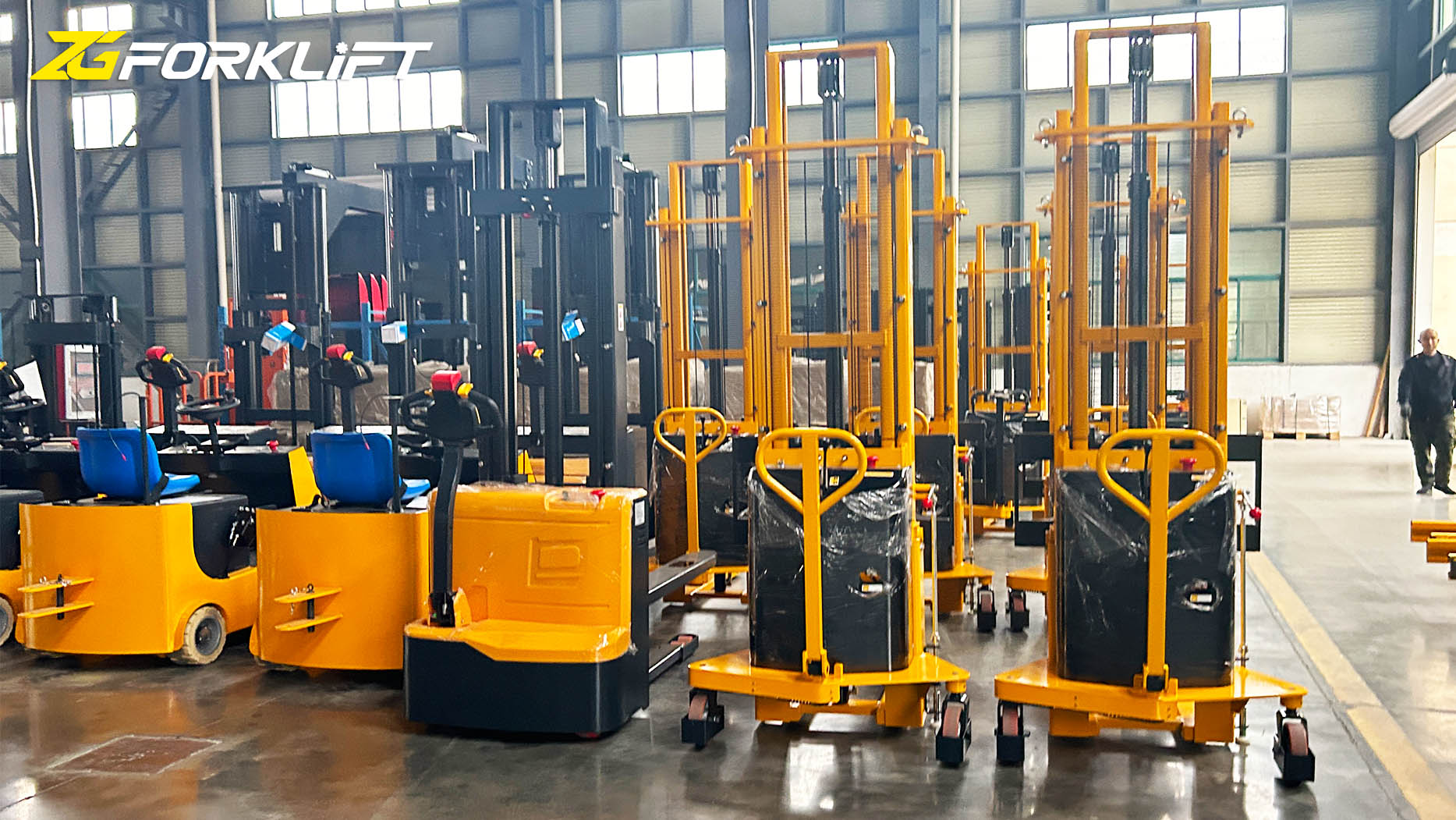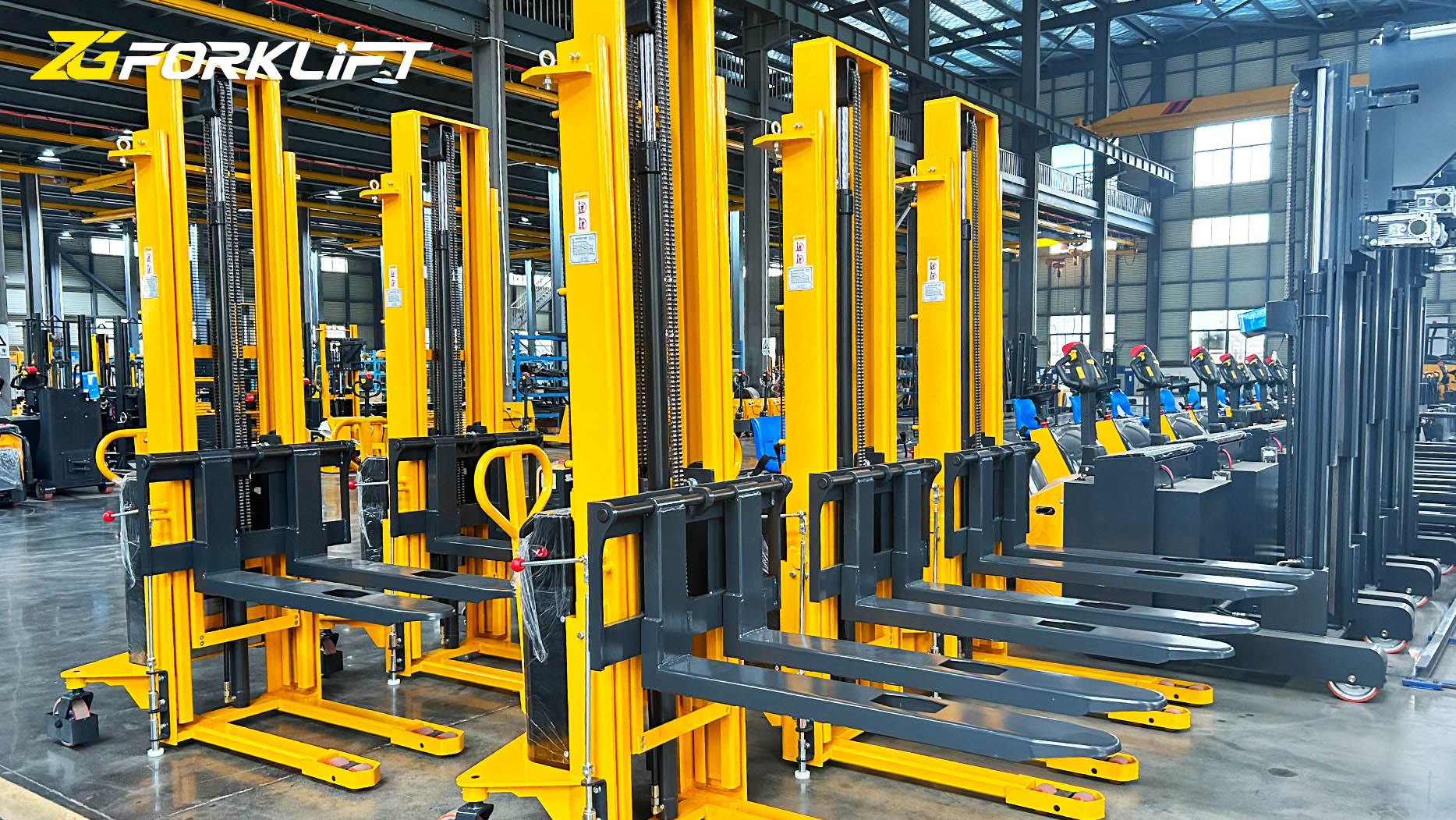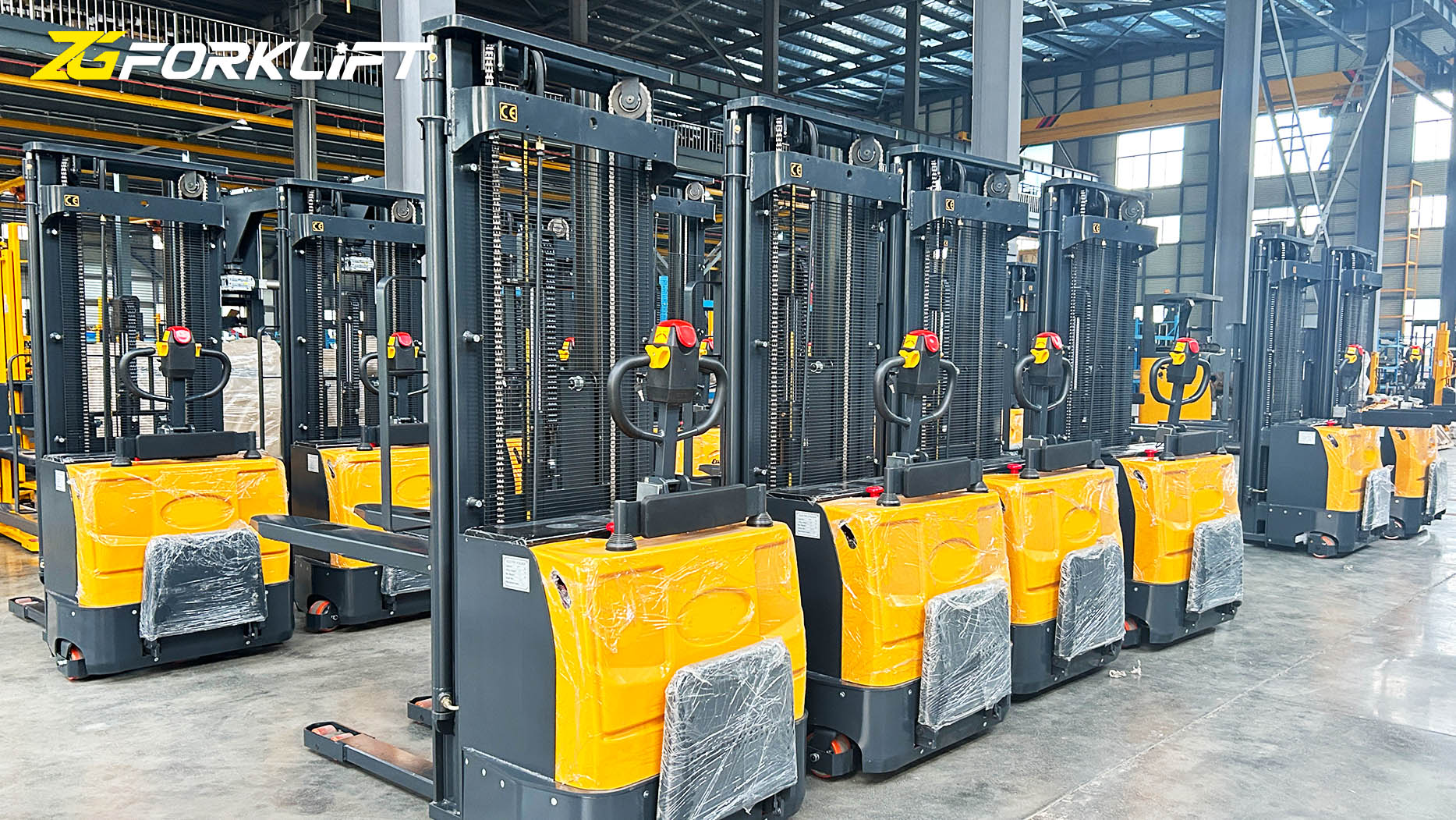The material handling industry is constantly evolving, driven by the need for increased efficiency, reduced costs, and a growing emphasis on environmental sustainability. Electric forklifts have emerged as a compelling alternative to traditional internal combustion engine (ICE) forklifts, offering a range of benefits that contribute to improved operations and a greener footprint. This article delves into the technical advantages of electric forklifts, exploring their performance, cost-effectiveness, environmental impact, and overall contribution to modern material handling practices.
Performance and Efficiency:
Electric forklifts offer several performance advantages over their ICE counterparts. One key benefit is instant torque. Unlike ICE engines, which require time to build up revs, electric motors deliver maximum torque immediately, resulting in quicker acceleration and faster travel speeds. This translates to increased productivity and improved cycle times, especially in applications involving frequent starts and stops.
Electric forklifts also provide consistent power throughout the battery discharge cycle. While ICE forklifts may experience performance degradation as fuel levels decrease, electric forklifts maintain consistent power output until the battery needs recharging. This ensures consistent performance throughout the workday and eliminates the need for performance adjustments based on fuel levels.
Furthermore, electric motors are inherently more efficient than ICE engines. A significant portion of the energy in fuel is lost as heat in combustion engines. Electric motors, on the other hand, convert a higher percentage of electrical energy into mechanical work, leading to greater overall efficiency. This translates to lower energy consumption and reduced operating costs.
Cost-Effectiveness:
While the initial purchase price of an electric forklift may be higher than a comparable ICE model, the total cost of ownership (TCO) over the lifespan of the equipment is often lower. Several factors contribute to this cost advantage:
Lower Fuel Costs: Electricity is typically less expensive than propane or diesel fuel. The cost savings can be significant, especially in operations with high forklift utilization.
Reduced Maintenance Costs: Electric forklifts have fewer moving parts than ICE forklifts, resulting in lower maintenance requirements. There are no spark plugs, oil changes, or exhaust system maintenance to worry about. This translates to lower labor costs and reduced downtime for maintenance.
Longer Lifespan: With proper maintenance, electric forklifts can have a longer lifespan than ICE forklifts. The robust design of electric motors and the absence of combustion-related wear and tear contribute to increased durability.
Tax Incentives and Rebates: Many governments and municipalities offer incentives for businesses that adopt electric vehicles, including forklifts. These incentives can help offset the initial purchase cost and make electric forklifts even more attractive from a financial perspective.
Environmental Impact:
One of the most significant advantages of electric forklifts is their positive impact on the environment. They produce zero tailpipe emissions, eliminating harmful pollutants like nitrogen oxides (NOx), particulate matter (PM), and carbon monoxide (CO). This contributes to improved air quality in warehouses and distribution centers, creating a healthier working environment for employees.
Electric forklifts also help reduce greenhouse gas emissions, particularly if the electricity used to charge the batteries comes from renewable sources like solar or wind power. By reducing reliance on fossil fuels, electric forklifts contribute to a more sustainable future.
Furthermore, electric forklifts produce less noise than ICE forklifts. This creates a quieter working environment, reducing noise pollution and improving communication among workers. This is particularly beneficial in indoor environments where noise levels can be a concern.
Operational Advantages:
Electric forklifts offer several operational advantages that contribute to improved productivity and safety:
Improved Maneuverability: Electric forklifts often have a tighter turning radius than ICE forklifts, making them easier to maneuver in confined spaces. This is especially beneficial in warehouses with narrow aisles and limited space.
Reduced Downtime: Electric forklifts can be quickly recharged during breaks or between shifts, minimizing downtime and maximizing utilization. Opportunity charging, where forklifts are charged during short breaks, can further enhance productivity.
Enhanced Safety: The absence of exhaust fumes in electric forklifts creates a safer working environment for employees, especially in enclosed spaces. The quieter operation also improves communication and reduces the risk of accidents.
Improved Operator Comfort: Electric forklifts typically have smoother acceleration and deceleration than ICE forklifts, resulting in a more comfortable ride for operators. The absence of vibrations and exhaust fumes also contributes to a more pleasant working environment.
Technological Advancements:
Recent advancements in battery technology have further enhanced the benefits of electric forklifts. Lithium-ion batteries offer several advantages over traditional lead-acid batteries, including:
Faster Charging: Lithium-ion batteries can be charged much faster than lead-acid batteries, reducing downtime and increasing productivity.
Longer Lifespan: Lithium-ion batteries typically have a longer lifespan than lead-acid batteries, reducing the need for replacements.
Higher Energy Density: Lithium-ion batteries offer higher energy density, allowing for longer run times between charges.
Reduced Maintenance: Lithium-ion batteries require minimal maintenance compared to lead-acid batteries, which need regular watering.
Applications and Suitability:
Electric forklifts are suitable for a wide range of applications, including:
Warehousing and Distribution: Electric forklifts are ideal for indoor warehouse environments where emissions and noise levels are a concern.
Manufacturing: Electric forklifts are used in manufacturing facilities for material handling and assembly operations.
Food and Beverage: Electric forklifts are preferred in the food and beverage industry due to their clean operation and lack of emissions.
Retail: Electric forklifts are used in retail environments for stocking shelves and moving merchandise.
Conclusion:
Electric forklifts offer a compelling combination of performance, cost-effectiveness, and environmental benefits. Their ability to improve productivity, reduce operating costs, and minimize environmental impact makes them a valuable asset in modern material handling operations. As battery technology continues to advance and the cost of electricity remains competitive, electric forklifts are poised to become the dominant choice for material handling equipment in the years to come. The transition to electric forklifts represents not only a technological advancement but also a commitment to a more sustainable and efficient future for the material handling industry.
Post time:Feb.18.2025



